Tom's Guide Verdict
Check out the Orro smart switch if you’re comfortable with the company’s promise of adding more smart-home compatibility in the future. Otherwise, a cheaper alternative is the $40 GE C-Smart Wi-Fi Smart Motion-Sensing and Dimmer.
Pros
- +
Solid hardware
- +
Svelte design
- +
Simple operation
Cons
- -
No Android support
- -
Limited smart-home integrations
- -
Expensive
Why you can trust Tom's Guide
A number of companies have tried to elevate the humble light switch into a touch panel that controls your entire smart home, with mixed success. Orro is the latest entry in this category, and the switch packs a lot into a touch-sensitive, liquid-crystal display (LCD) the size of standard rocker light switch.
The question for most shoppers will be: Is Orro's future promise worth $199 today?
Design: Compact control
Orro's dark-black LCD screen is the size of a contemporary rocker switch with a white surround faceplate; it should easily replace most home light switches. Compare this to Brilliant’s smart switch, which replaces the whole faceplate with a screen that can do everything – from coordinating WeMo devices, to placing in-home video calls.
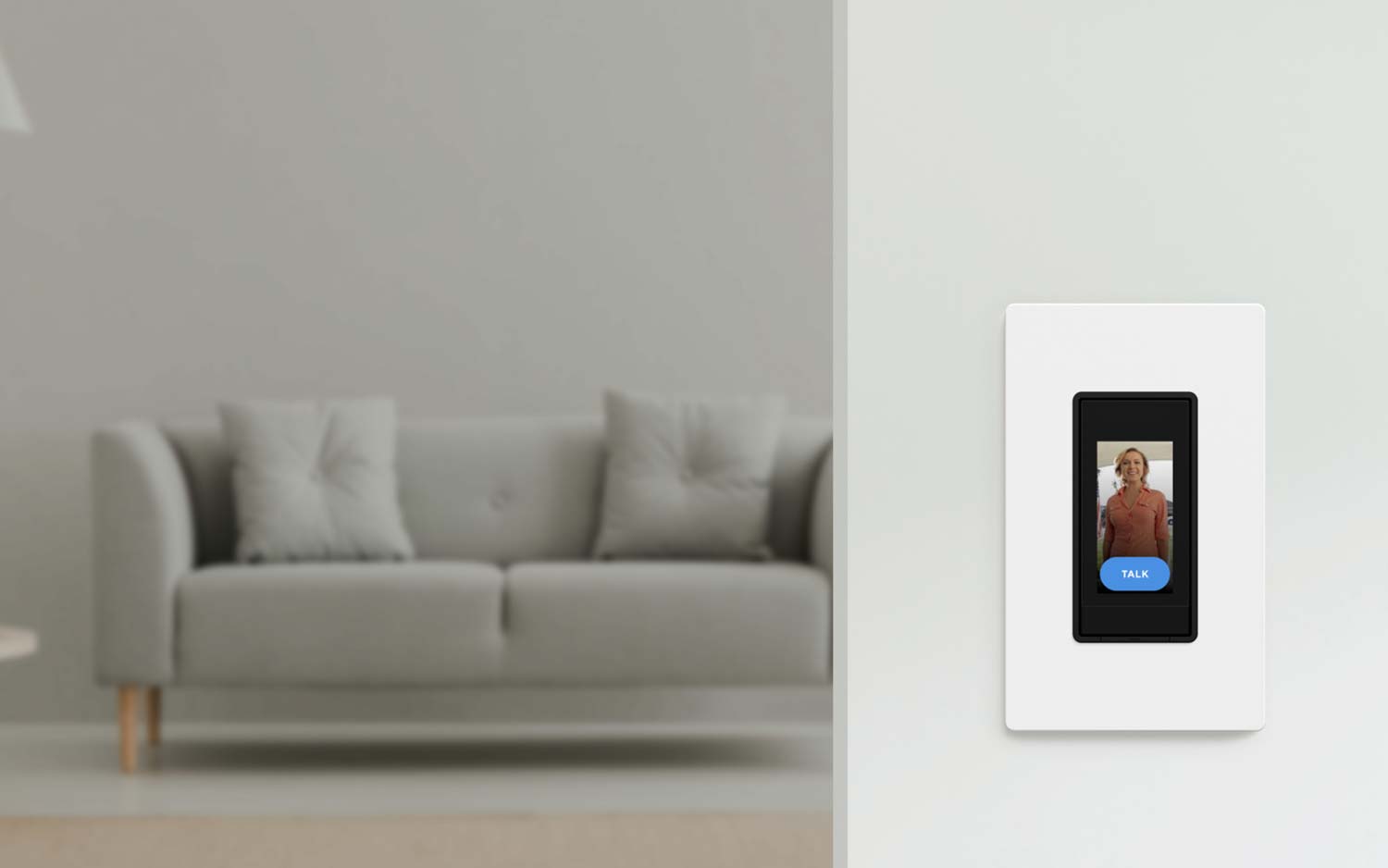
Orro packs a lot of technology into the switch's small frame. In addition to the small (215 x 432 pixels), touch-sensitive LCD, there's an infrared motion detector, an ambient light sensor, two microphones, and a proximity sensor. There's also a built-in speaker and a mechanical rocker switch, so even someone unfamiliar with the device's hidden high-tech skills will be able to turn the lights on or off.
Supporting the raft of sensors is a dual-core processor and 1 GB of RAM. The Orro uses Wi-Fi to connect to your home network and Bluetooth for setup.
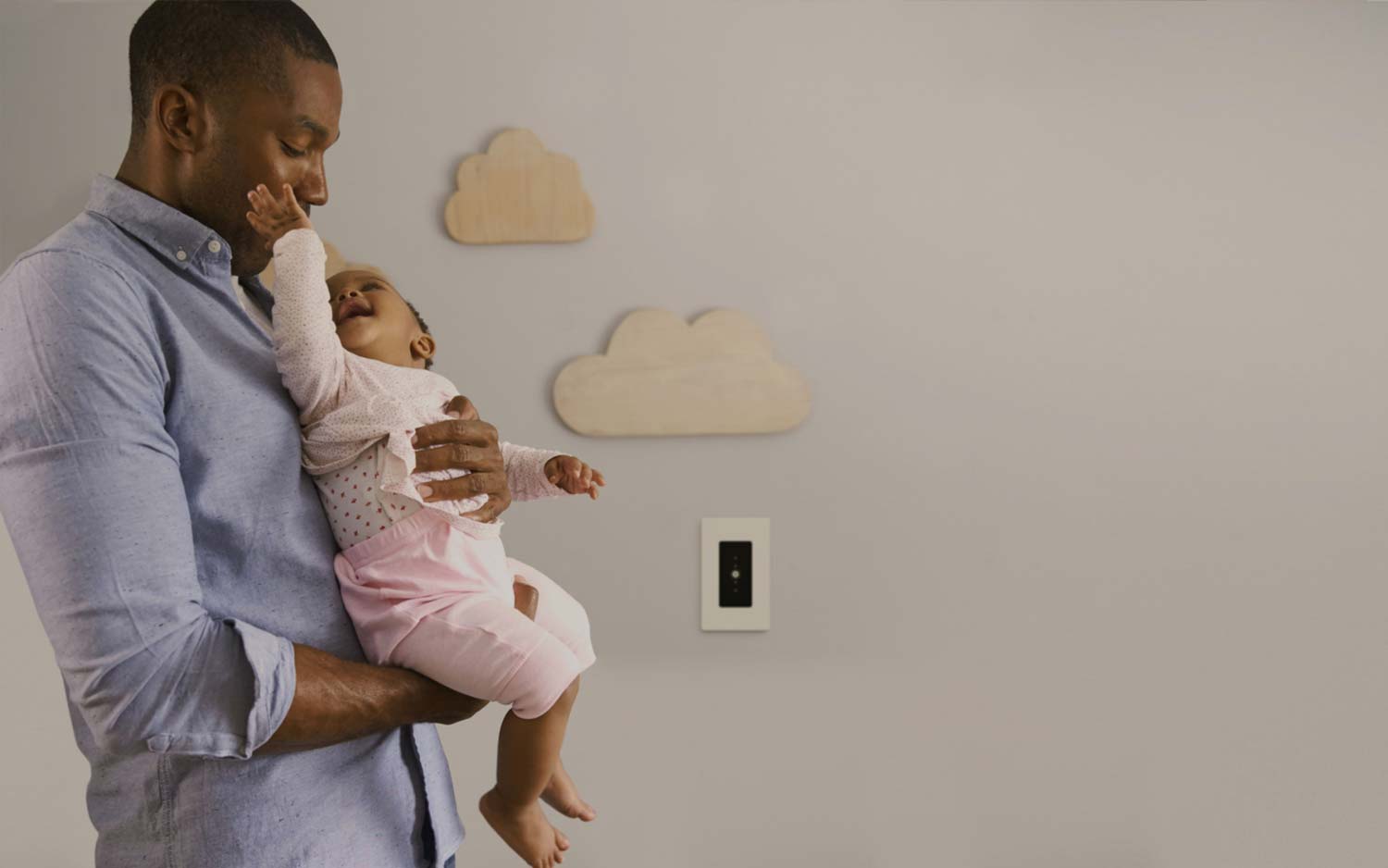
The point of all this technology is to allow the switch to conform to your habits and preferences. The device senses when someone is in the room, and will keep the lights on if there's not sufficient daylight pouring in. Furthermore, the more you use the Orro, changing brightness levels, for example, and simply coming and going at different times of day, the more automated its behavior becomes.
Of course, the switch also responds to commands from the Orro smartphone app (currently for iOS only). Not only can you remotely control the lights this way but also tweak the sensitivity to motion and specify your basic sleeping habits.
| Size | 4.13 by 1.75 by 1.73 inches |
| Wi-Fi | Yes |
| Motion sensor | Yes |
| Works with | Alexa |
| Dimmable | Yes |
| Supports three-way switches | No (coming in the future) |
Installation: Walks You Through
Like other smart-home light switches, the Orro requires a neutral wire. Some older homes may not have the proper wiring, and indeed in one test location we tried, a false white neutral wire had been installed. In our over 30-year-old house, however, the proper wiring was available and worked without a hitch.
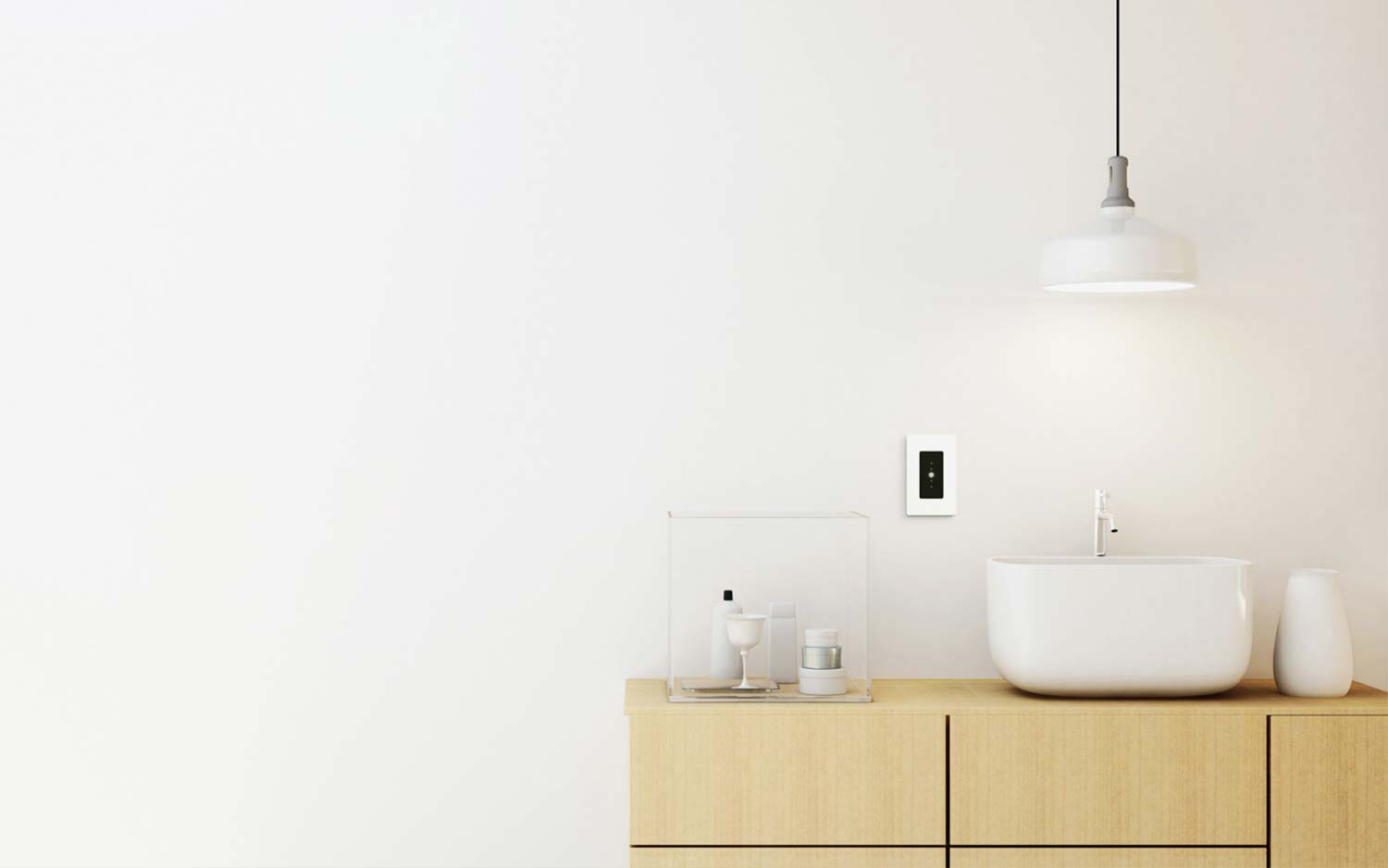
The backside of the Orro has color-coded and clearly marked push-in wire connections. In the most straightforward situation, that means you can situate all the wires directly into the switch without the need for awkward (and space-consuming) wire nuts. (If you have to use wire extensions and wire nuts to make the connection, the switch may not fit into an older switch box, in which case you'll have to add a box extender to fit it into place.) Holding the Orro’s single slider down to open the connection points while inserting the four wires into the back of the switch – without allowing any one of them to slip out – can be a little tricky, but in general, it’s the simplest approach.
MORE: Best Smart Light Switch
Once you turn the power back on, Orro walks you through the rest of the setup. You choose the type of room (kitchen vs. bedroom, for example), and calibrate the switch according to the type of light bulb connected to it (such as compact fluorescent lamp, incandescent or LED). By tapping the on-screen slider, you select the brightest and dimmest points during the process. (One LED bulb we tested flashed during the dimming process, an indication that it was not a dimmable bulb; the app didn't warn us about this.) You then connect the switch to your Wi-Fi network using the iOS app.
Operation: Fast learner
Some learning apps and gadgets tend to make you feel like you're the one doing the learning rather than the device. Initially, that's the sense you get with the Orro, but after a couple of days, the switch did seem to turn on and off more efficiently, recognizing when we had left the room for good and switching off, for example, rather than staying on for several minutes while waiting to detect any additional motion. The device also seemed to correctly recognize when there was more daylight available, and only turned the lights up halfway.
Using the app, you can give the Orro switch more instructions. You can set a sleep schedule with wake-up times and light levels for different times of day. And you can tell it when you usually go to sleep and wake up during the weekdays, as well as set bedtimes for weekend days – but not different times for Saturday and Sunday.
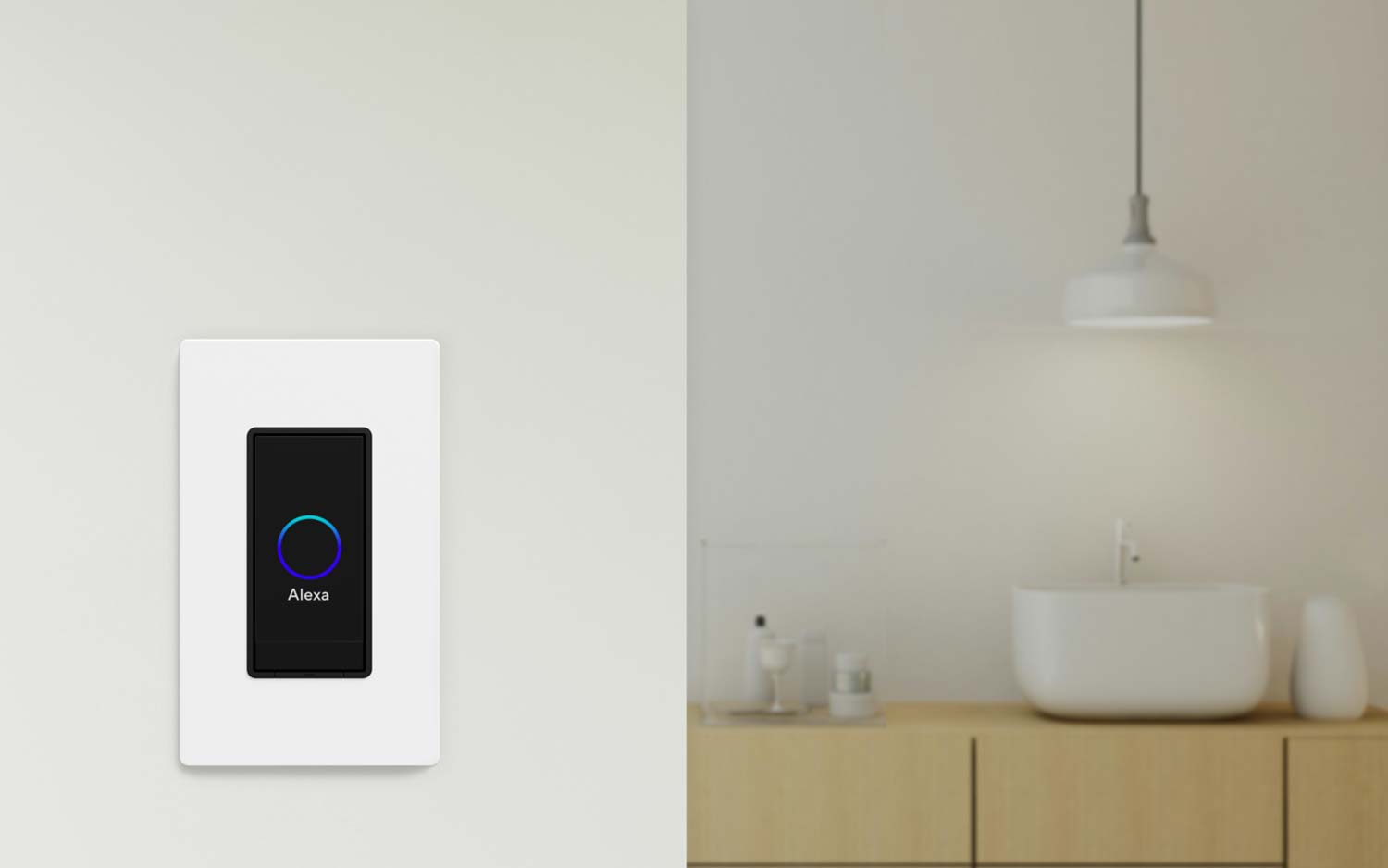
Although the Orro has its own microphones, it doesn't directly support Alexa. But the switch worked well enough with an Amazon Tap. Saying "Alexa, set the kitchen light to 50% percent" produced the desired effect, for example; there was the expected delay of a couple of seconds to respond to such commands. Most skills worked, although as with any Alexa device, some went awry: Saying "Alexa, set the kitchen light to 10%" actually caused the lights to brighten.
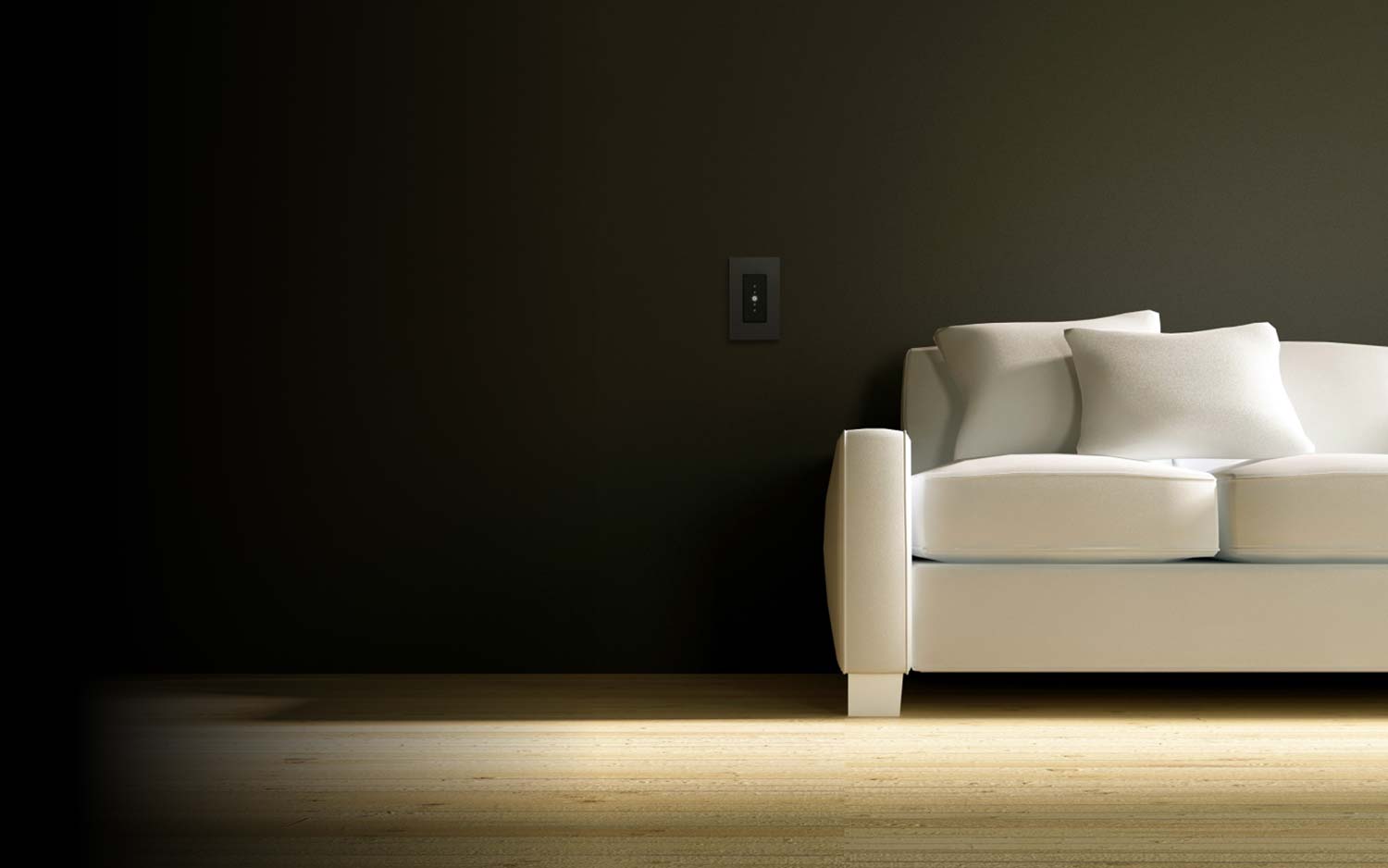
Other functions Orro offers proved responsive: The built-in motion sensor quickly turned lights on and off; it was awake to our presence in the morning; and on a particularly bright Sunday morning came on at a (thankfully) more muted setting. The device's small screen also conveys some helpful information with clear icons (rising dots indicated a brighter lighting setting, and a small red icon alerted us that the home network was down).
Future Smart Home Compatibility
Orro promises to do a lot more in the future. As one example, the company plans to add video doorbell integration, so that owners will see an alert, hear the bell through the switch, and even view a video feed from the doorbell, a definite benefit in larger homes where you don't always hear the front door. However, as of this moment, the Orro only works with Alexa and August smart locks.
Bottom Line
Like several other products, the Orro shows a lot of promise with built-in sensors that could greatly expand its capabilities. At the moment, however, the switch has limited skills. Yes, it plays well with Alexa, but there's no Android support yet.
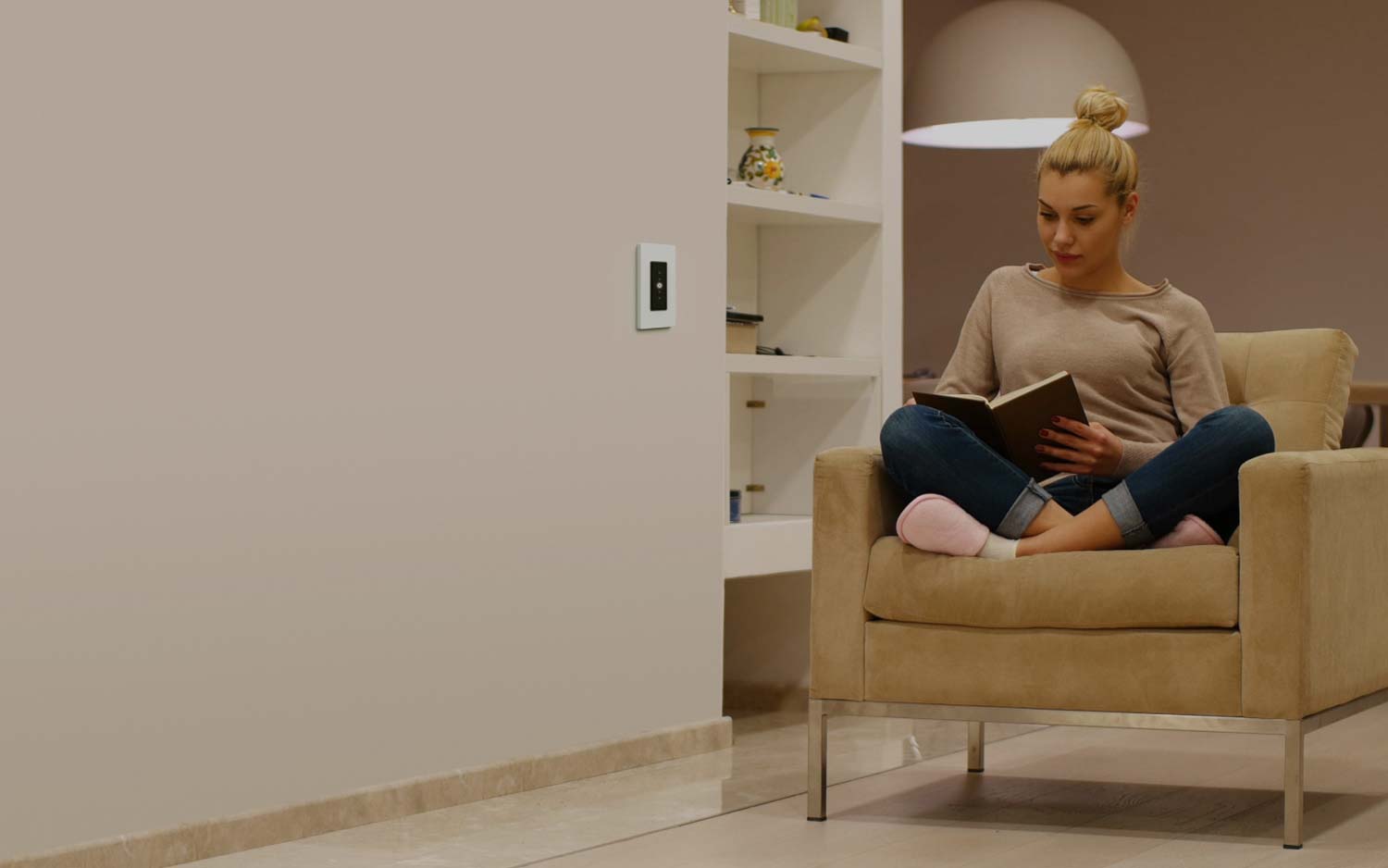
Orro costs roughly $100 less than the Brilliant smart switch, its nearest competitor, but Brilliant already supports several other smart-home peripherals, including devices from Ecobee, Hue and WeMo. Furthermore, Google's announced change to how third-party companies can work with popular Nest devices in the future has added a new element of uncertainty to the equation. So, shoppers may want to adopt a wait-and-see attitude before committing to a new smart switch.
MORE: Brilliant Smart Home Controller Review: Brainy But Still Limited
If all you want is a smart-light switch, a more economical option is GE’s C-Smart dimmer switch, which costs just $40, yet has a motion sensor and works with Alexa, Google Assistant and HomeKit. This item may not look as nice, but it gets the job done for much less.
Credit: Orro
John R. Quain has been reviewing and testing video and audio equipment for more than 20 years. For Tom's Guide, he has reviewed televisions, HDTV antennas, electric bikes, electric cars, as well as other outdoor equipment. He is currently a contributor to The New York Times and the CBS News television program.

